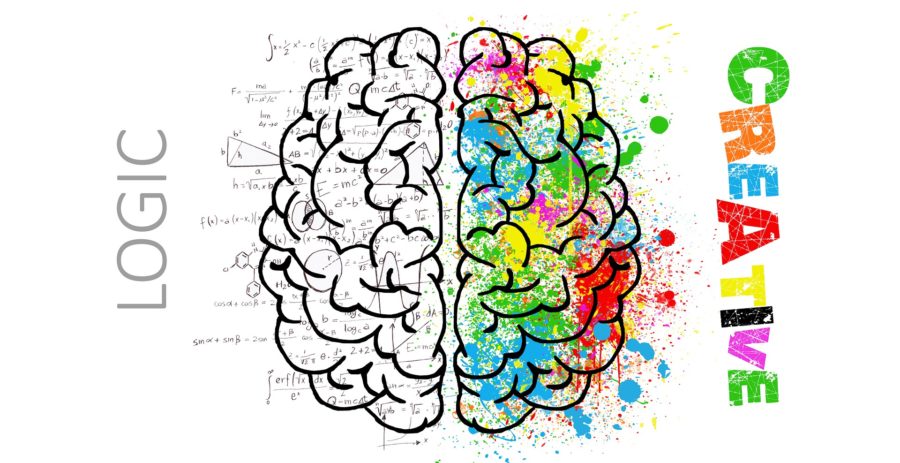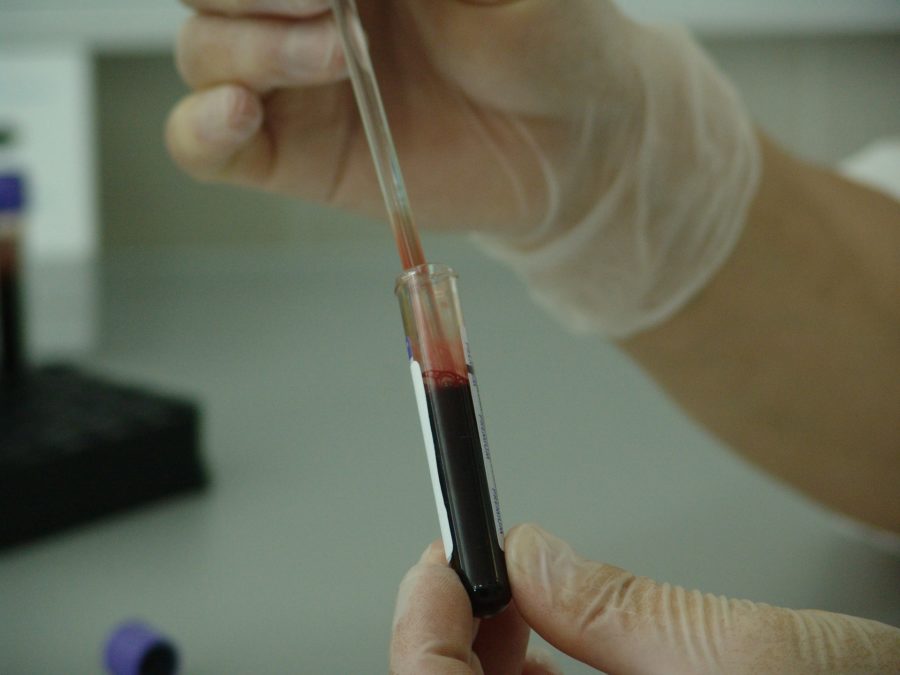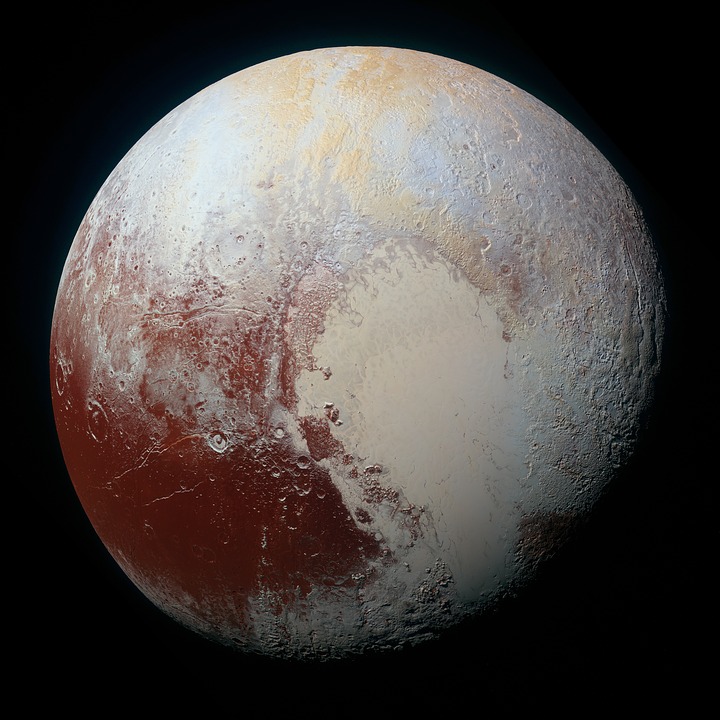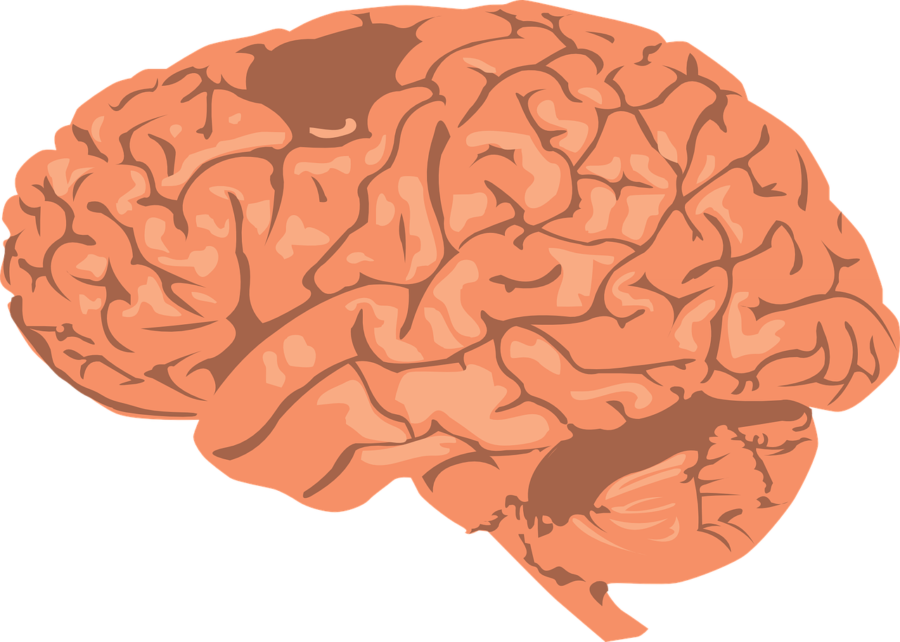
Students may have checked out during the holiday break, but the world of science continued to turn, and while you were out, some interesting new developments took place.
- Researchers from the University of Southern Denmark have exposed the mechanism that causes white adipose cells, those that store excess calories of fat, allowing them to transform them into browner adipose cells, which are primarily fat burning and heat-producing cells. This development means that in the future, researchers can target drugs that activate the genomic regions and browning factors in the treatment of obesity.
- Ibuprofen has been shown to extend the lifespan of several species according to a Texas A&M study. The preliminary data on worms showed that the drug expanded their lifespan by 15 percent. The same findings were comparable in flies and yeast cells. Due to this discovery, scientists are researching the possible effects on humans.
- The Milky Way galaxy has a new neighbor within the cluster of galaxies that include Andromeda, which is called a local group. A Russian and American team found a tiny, isolated dwarf galaxy seven million light years from the Milky Way. Scientists named this galaxy KKs3. It can be located in the southern sky, in the direction of the Hydrus constellation. The KKs3 galaxy only has one ten-thousandths the mass of the Milky Way.
- The University of Chicago discovered a connection between the evolutionary transition from fish fins to wrists and fingers. Recently the spotted gar’s genome was sequenced. Scientists added genetic and molecular data from the genome to what they already know from fossil records to make the connection. This connection was traced back to a radical change in the genetics of teleost fish more than 300 million years ago.
- Two experimental DNA vaccines that prevent the Ebola and Marburg viruses from spreading have been deemed safe. These vaccines generated immune responses in both healthy Ugandan adults and healthy U.S. adults. These findings are from the first trial of the filovirus vaccines in Africa. Just over half of the volunteers given the vaccines experienced antibody responses to the vaccines with only one adverse outcome, a low white blood cell count.
- On Christmas, scientists from the University of Cambridge reported that they have created the primal germ cells that eventually become egg and sperm by using embryonic stem cells. This has been done previously using rodent stem cells; however, this is the first instance using human stem cells. Germ cells carry the genetic information from one generation to the next.
- Researchers from the University of California – San Diego ran a new chemical analysis of a Martian rock that was extracted from the Antarctic ice field 30 years ago. The analysis revealed the record of the planet’s climate billions of years ago, which indicates water was likely to have been on the surface of Mars. This provides some evidence to the likelihood that Mars may have once been habitable.
- The ocean’s lowering pH is making it harder for corals to grow their skeletons and easier for bio-eroding organisms to tear the skeletons down. The erosion rates have risen tenfold in areas where the corals have been exposed to higher levels of nutrients. As ocean levels rise, researchers from the Woods Hole Oceanographic Institution believe coral reefs will have a harder time growing towards the ocean surface to get the sunlight they need to survive.
All information compiled from sciencedaily.com








